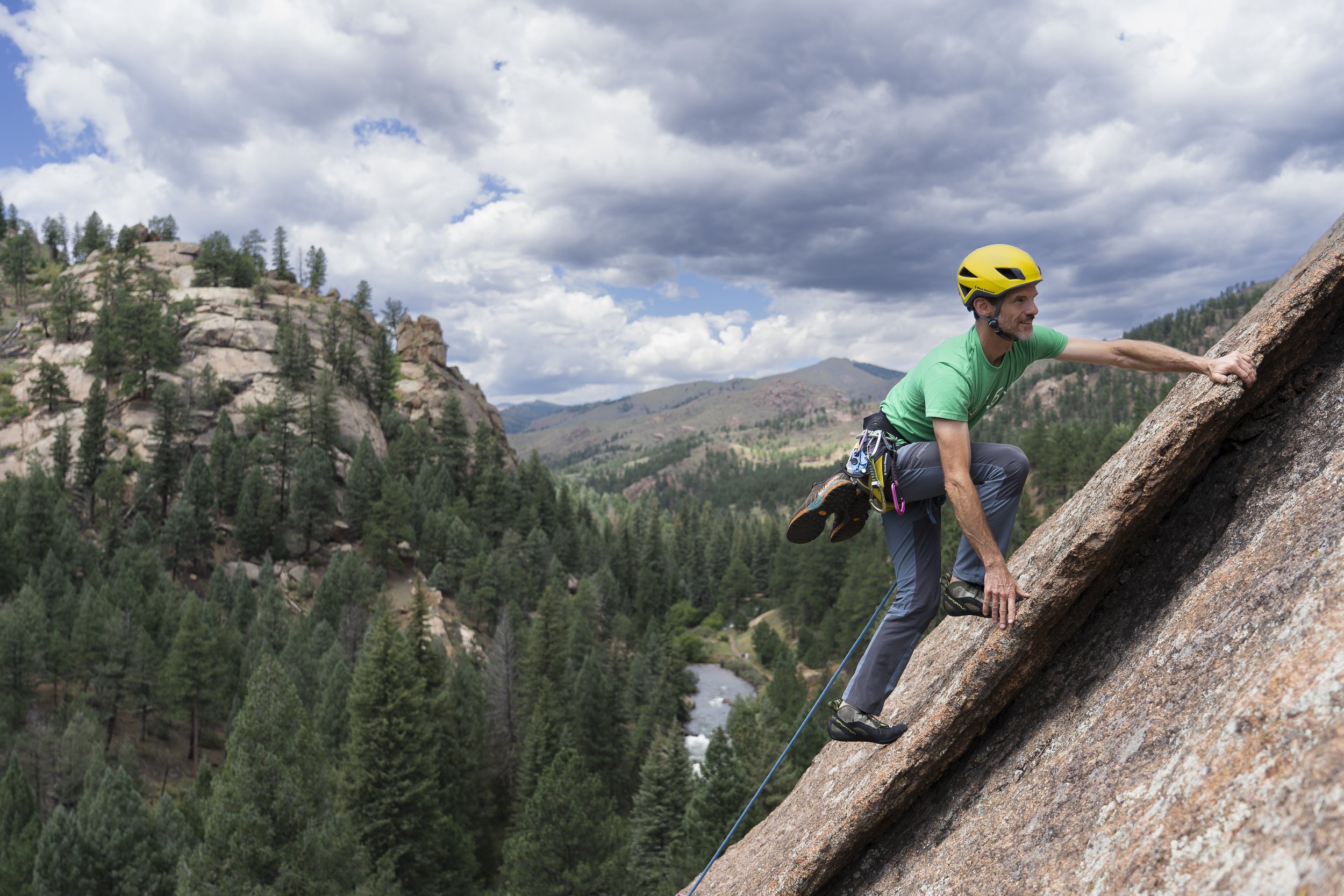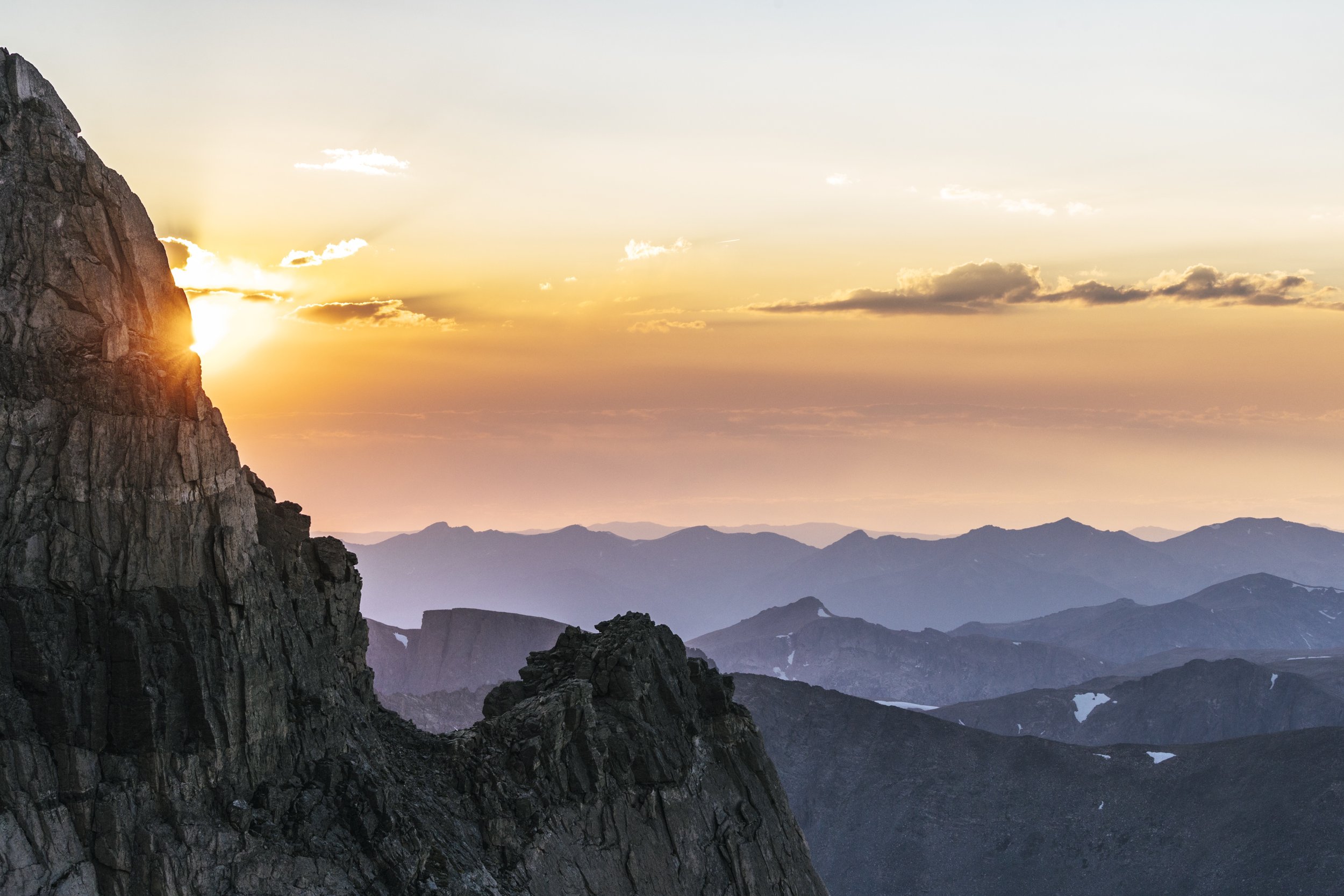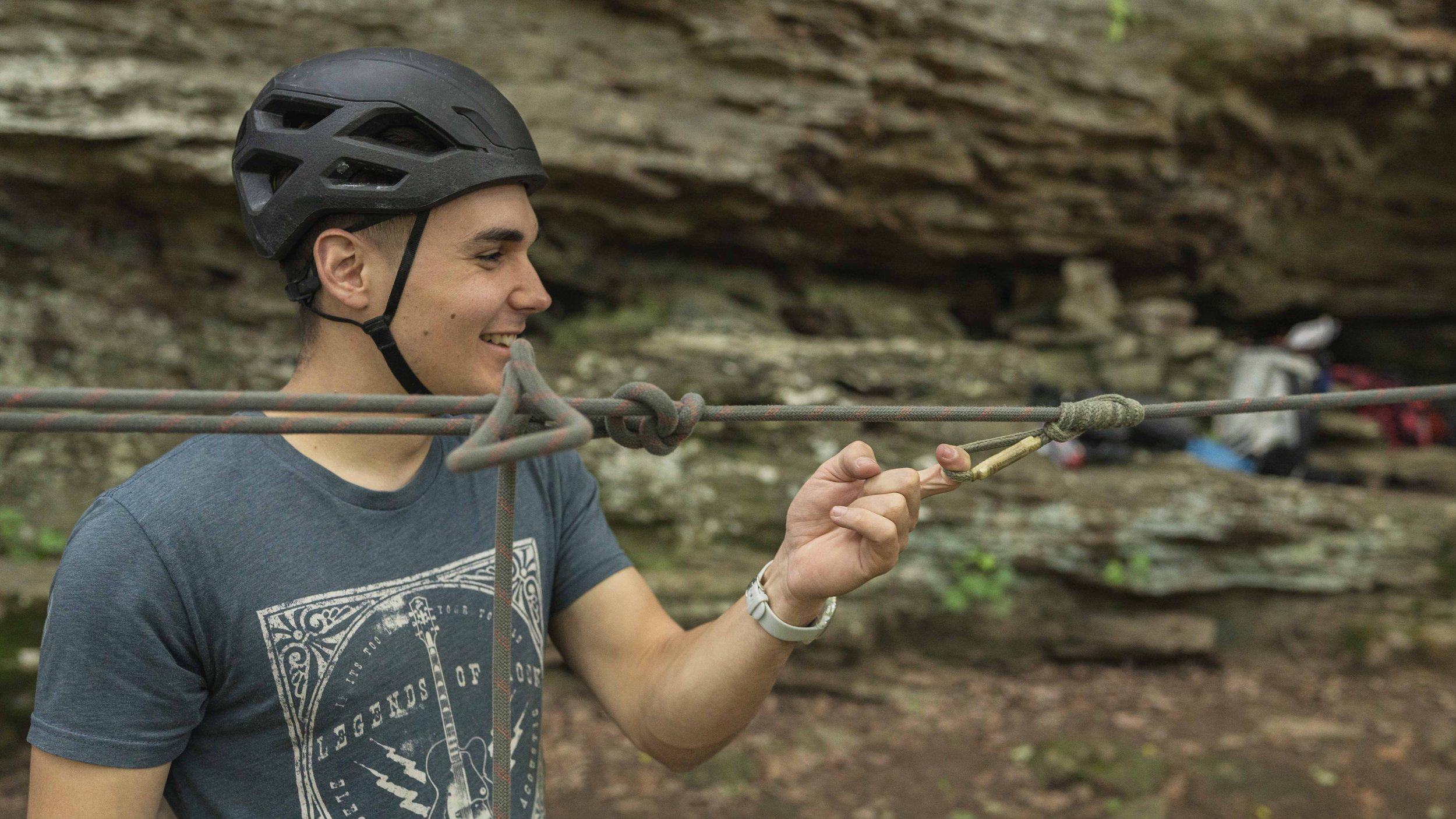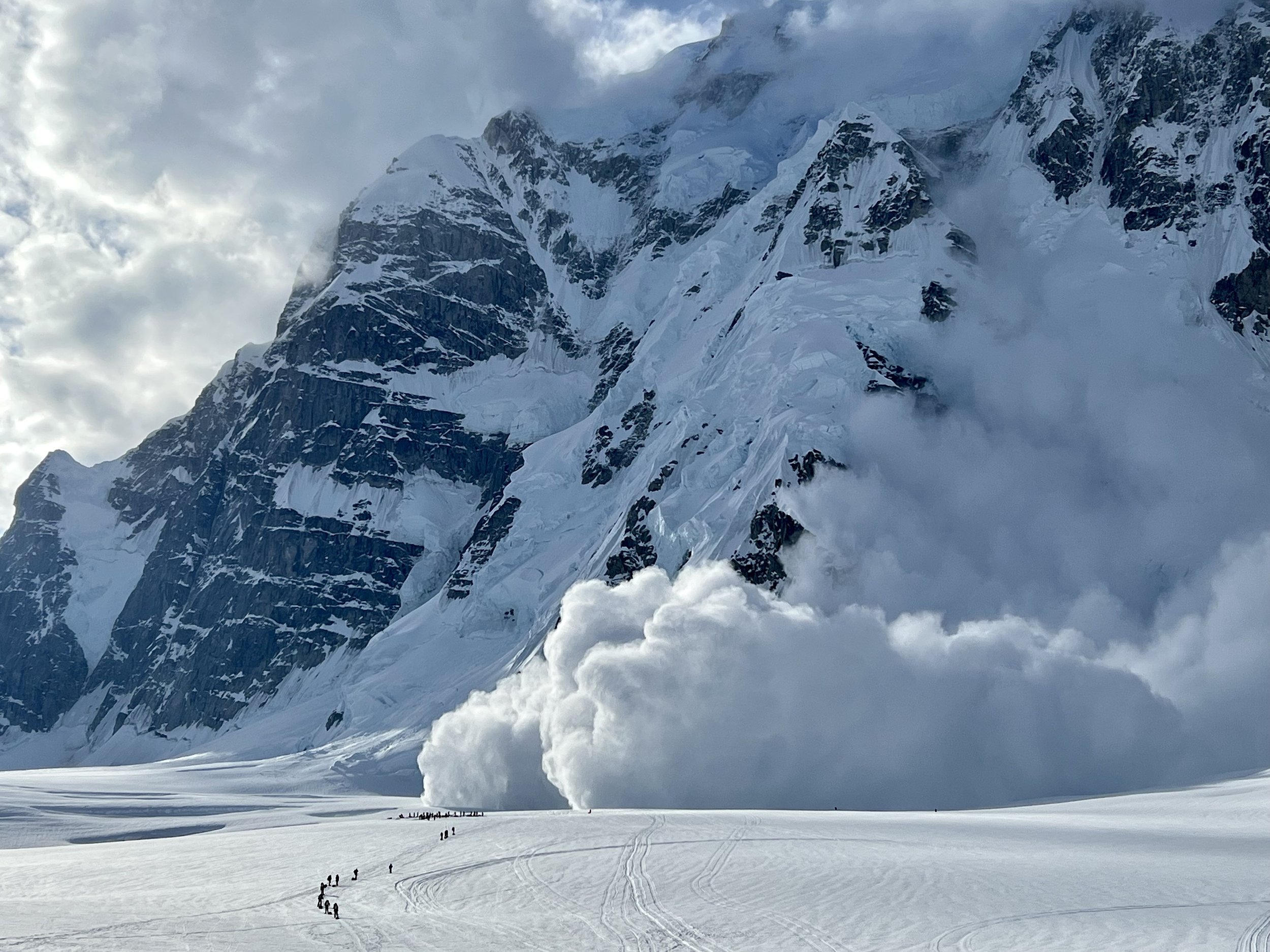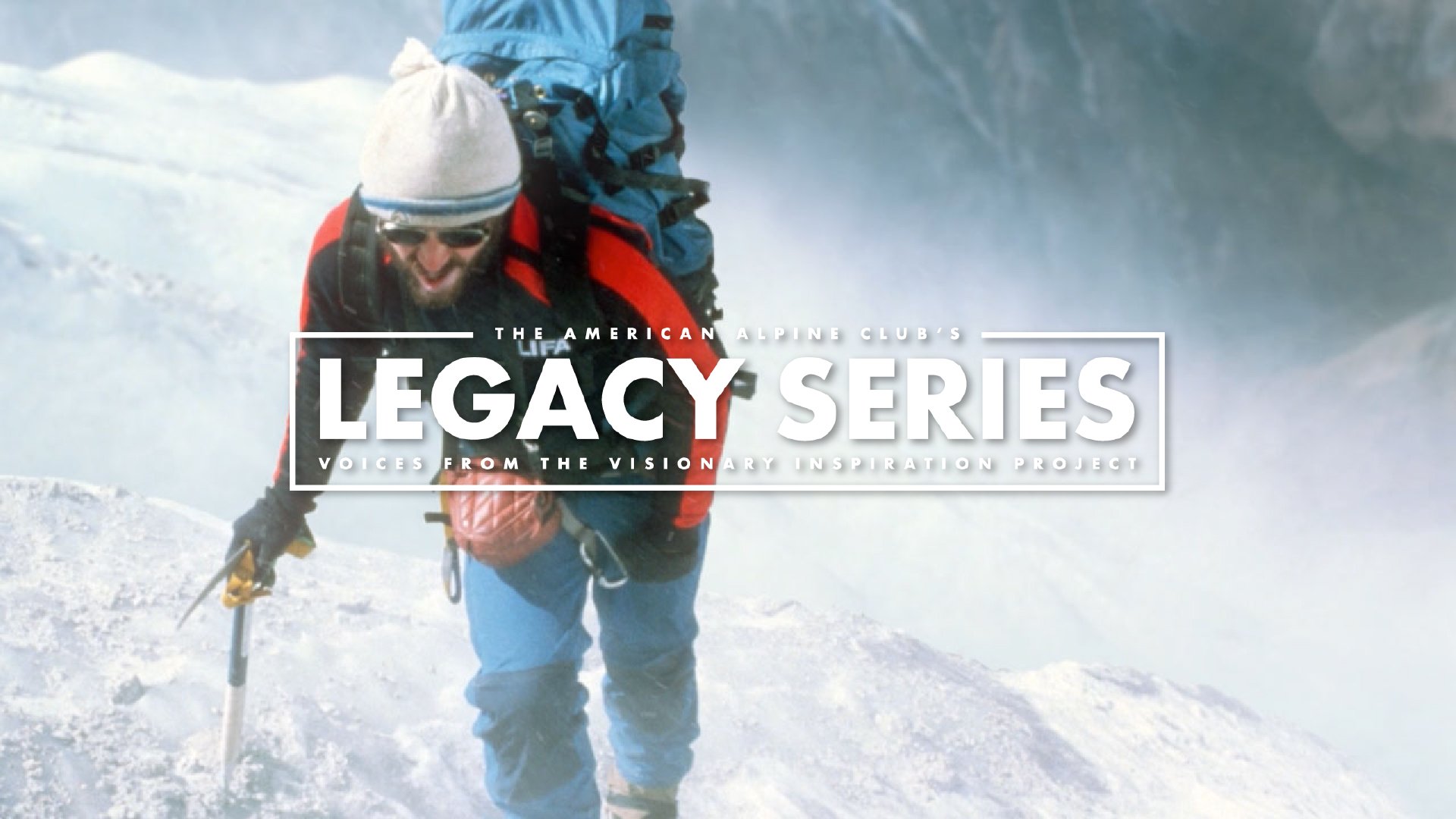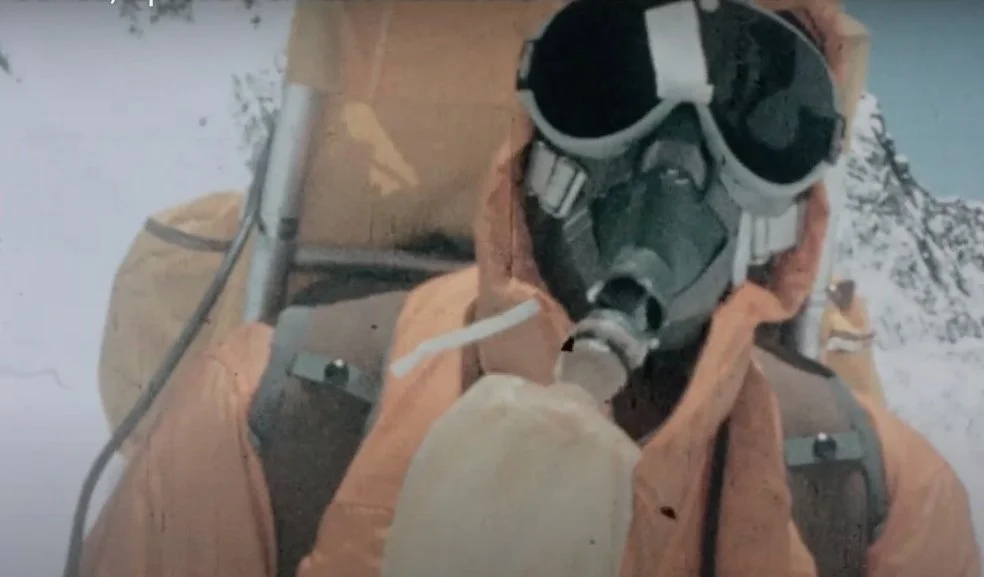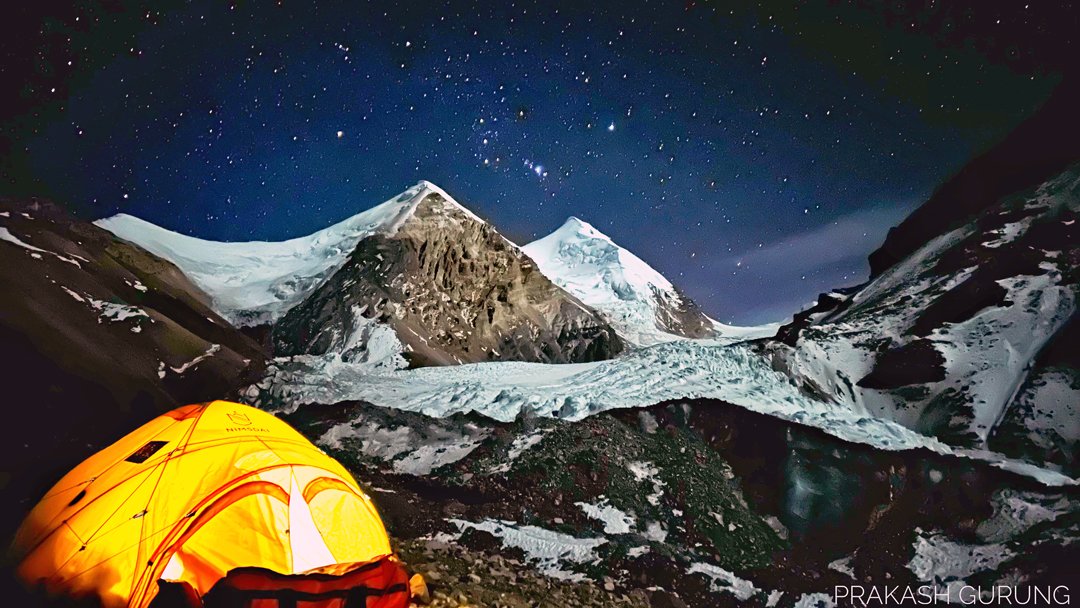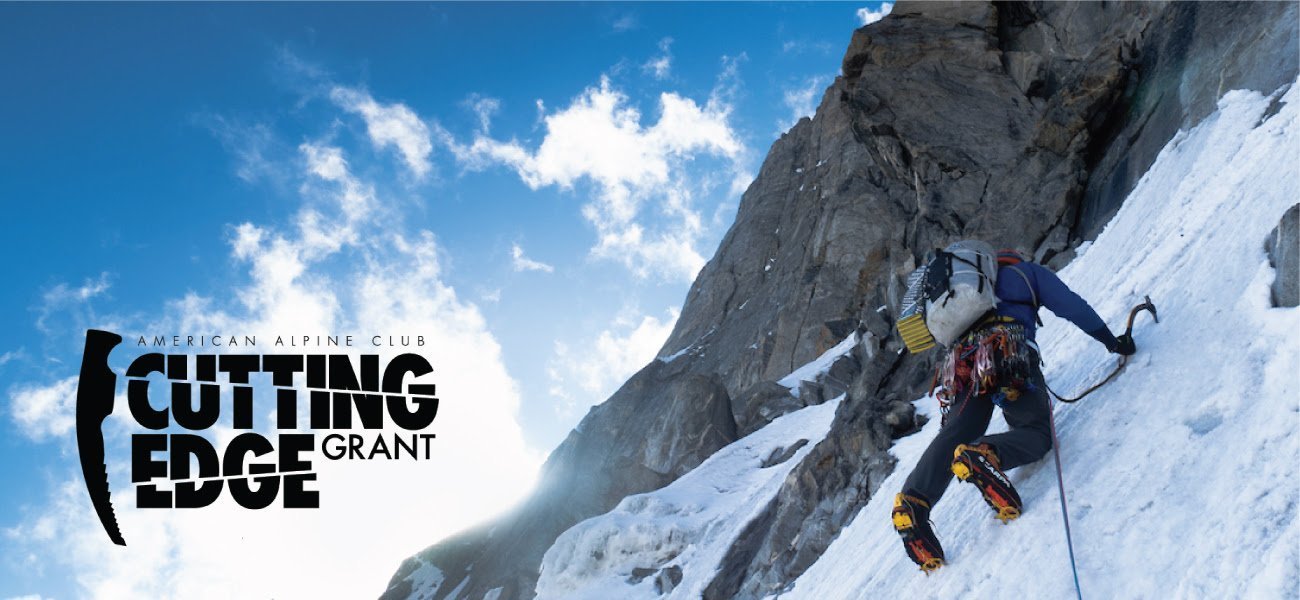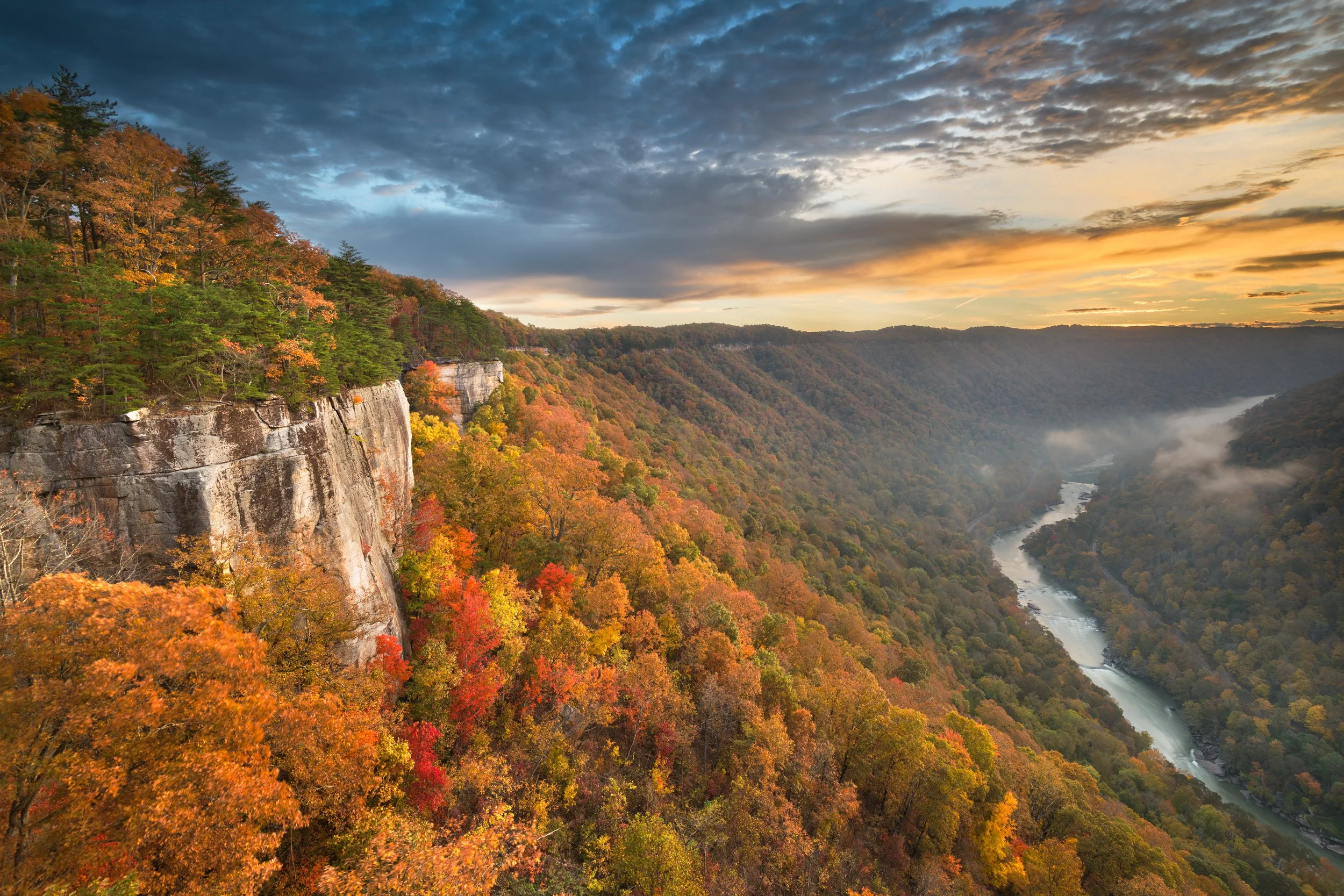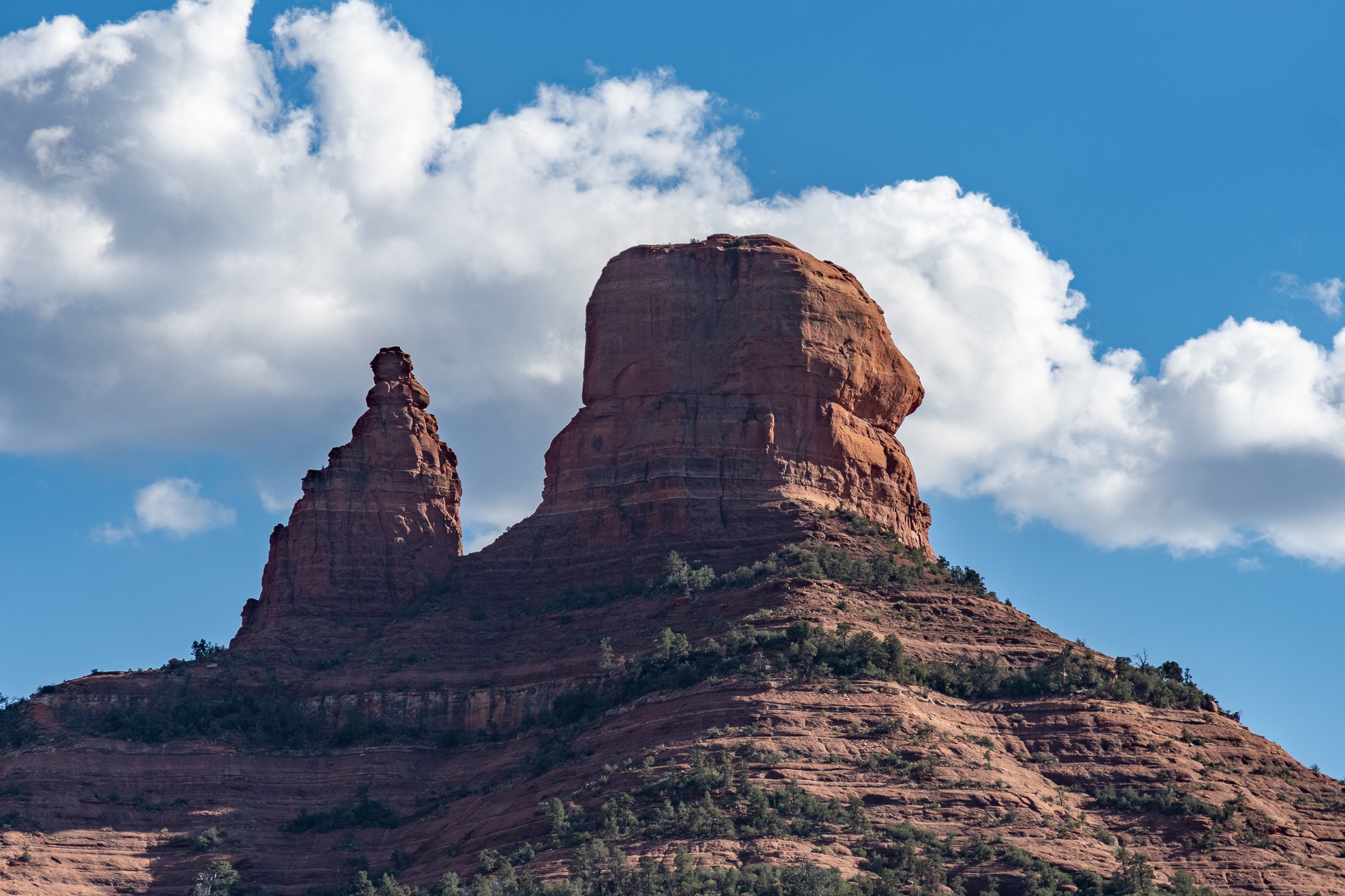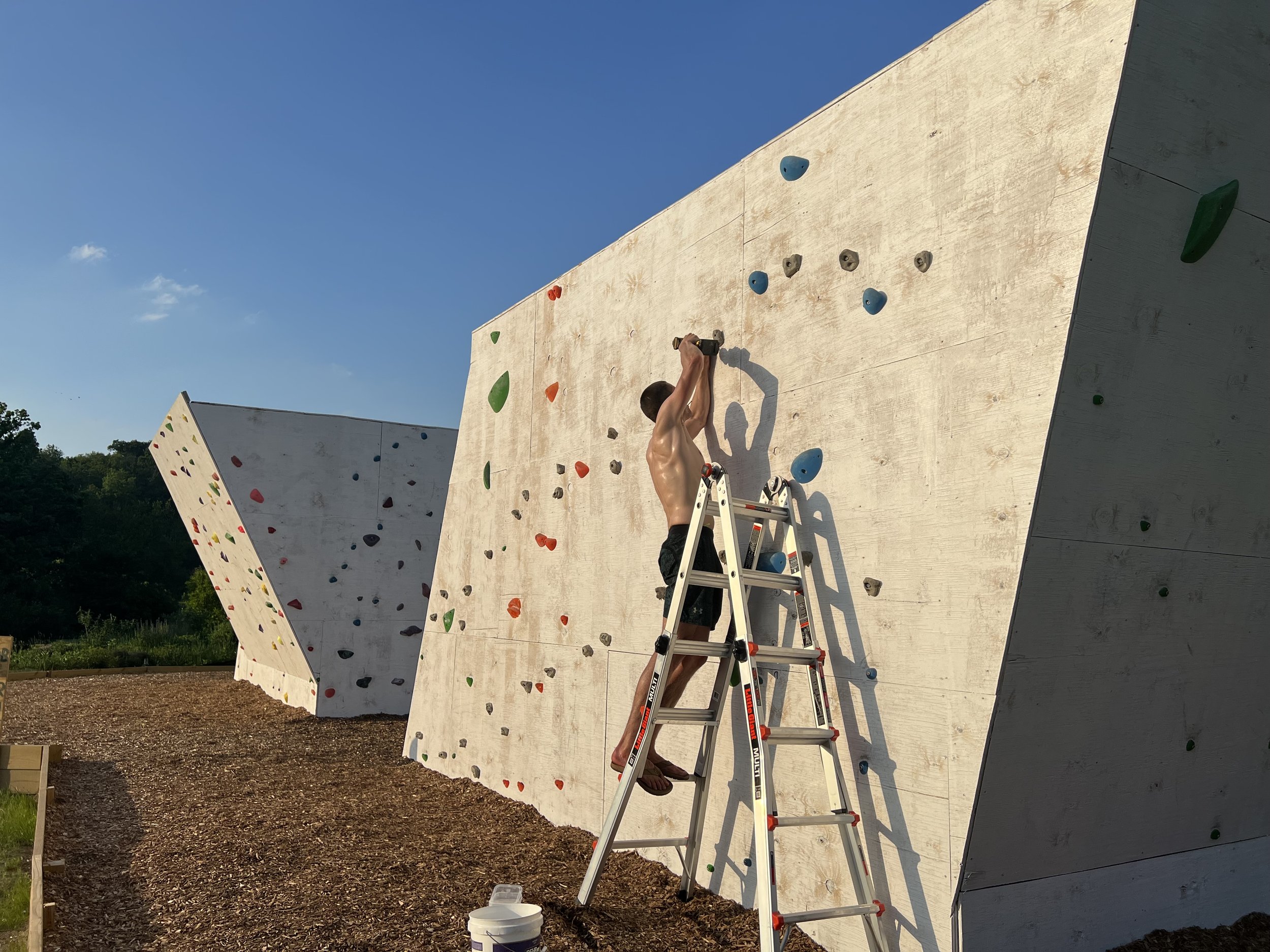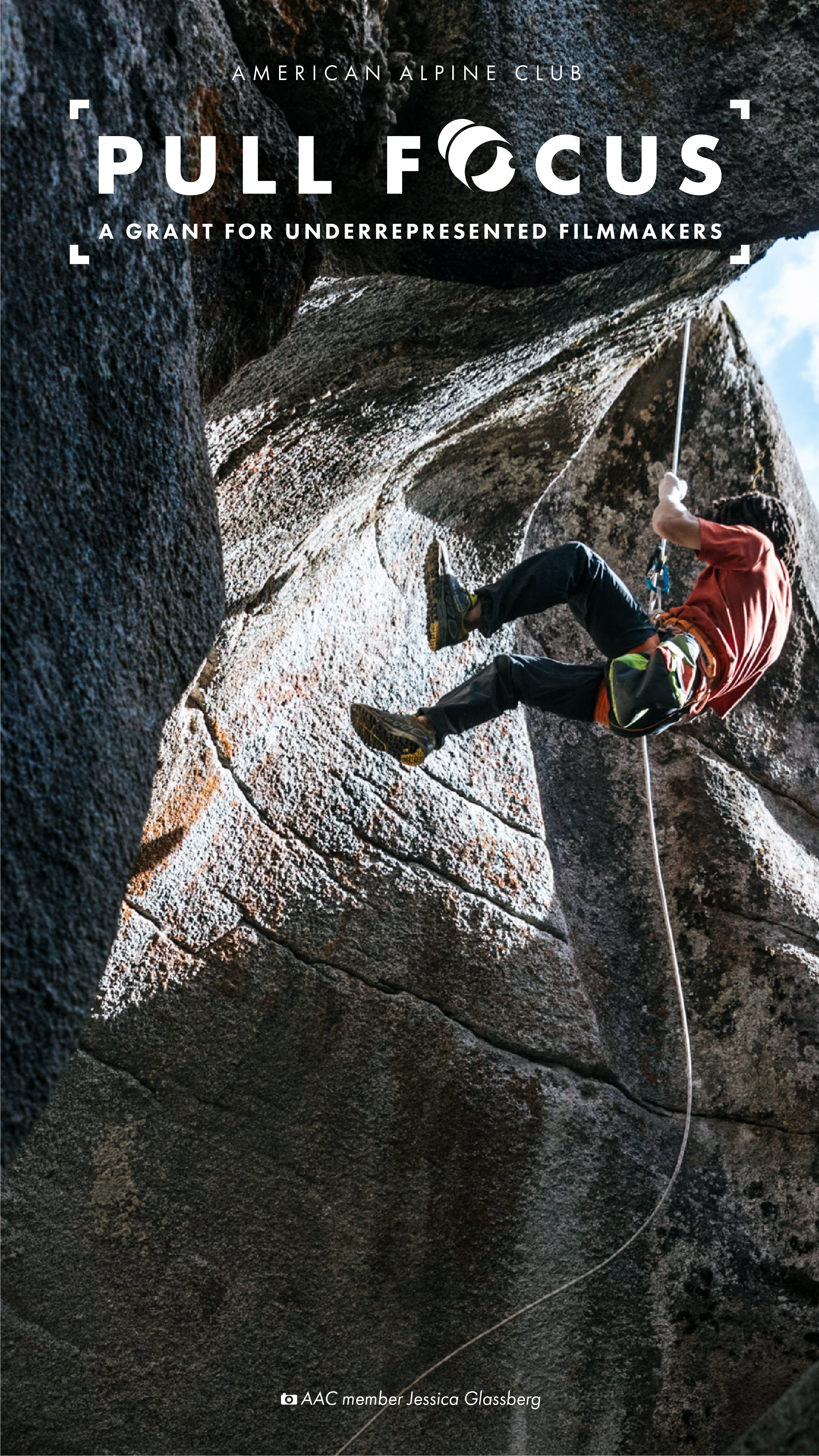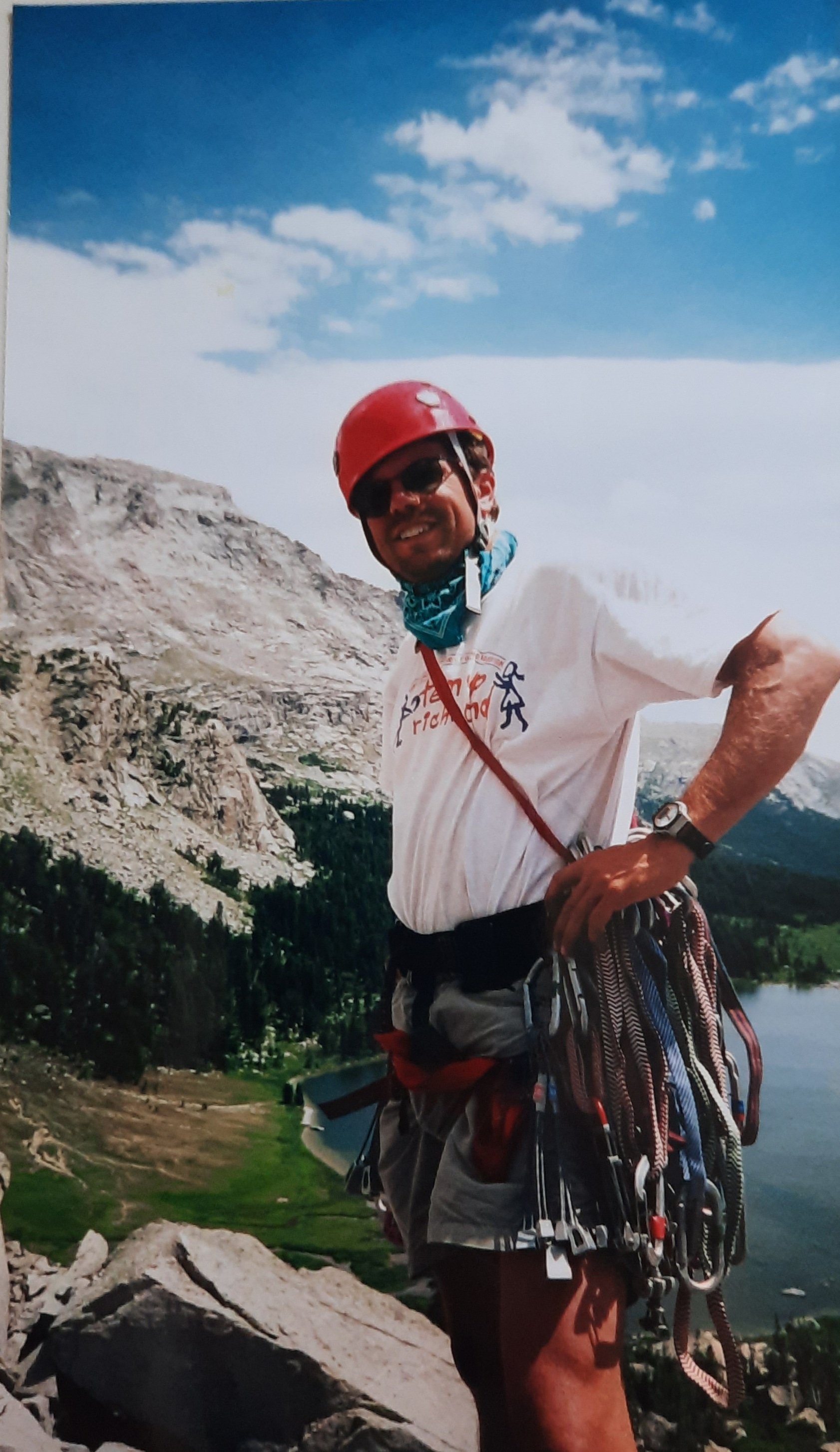A doctor from Utah has been sentenced following an incident on Denali last season that led to charges of interfering with a rescue, violating a lawful order, and making a false report.
On May 24, 2021, after teaming up at 14,200-foot camp, Dr. Jason Lance, 48, and Adam Rawski began a long summit attempt. Above Denali Pass at 18,200 feet, Rawski slowed notably and showed signs of altitude sickness. Lance left Rawski and continued up; the ill climber was aided by two other climbers in the area. Lance eventually turned back and rejoined the others to descend, but as they prepared to start down from Denali Pass to the 17,200-foot camp—a traversing descent that sees more deadly falls than any other location on the mountain—Rawski suddenly tumbled more than 1,000 feet. Denali rangers quickly responded by helicopter and rescued Rawski, who survived the fall but with serious injuries.
Lance and the two other climbers were still at Denali Pass, and one of the climbers later testified that Lance used Rawski’s inReach device, which he’d taken before heading toward the summit, to message the National Park Service and request a helicopter lift from the pass. According to the Justice Department, he claimed the group did not have proper equipment to descend and then misleadingly claimed the two other climbers were suffering from shock. (One of those climbers testified that he and the other climber were at no time suffering from medical shock, though they were distressed by witnessing Rawski’s fall.) Eventually the three made their way down to the high camp on their own.
According to the Justice Department’s news release, Denali mountaineering ranger Chris Erickson “instructed Dr. Lance to turn over the inReach device so the National Park Service could return it to Rawski or his family.” Lance initially refused to return the device, and subsequently it was discovered that several messages had been deleted from the inReach.
In November 2021, Lance was charged with three misdemeanors, and in March of this year he pleaded guilty to a single charge of violating a lawful order. The other charges were dismissed. The federal magistrate’s sentence included a $5,000 fine, a $5,000 donation to Denali Rescue Volunteers, and a five-year ban from climbing on Denali.
“Impeding the investigation of a near-fatal accident and attempting to secure helicopter rescue under misleading premises evinces a selfishness and indifference to the scarcity of public safety and rescue resources that is unacceptable anywhere, let alone on the tallest peak in North America,” said U.S. Attorney John E. Kuhn Jr.
In a story published in the Anchorage Daily News shortly after the sentencing, Lance denied deleting any messages from the inReach and said he had requested the rescue from Denali Pass because Rawski had been carrying their snow pickets, all three of the climbers were experiencing “psychological shock,” and in his judgment they were showing early signs of hypothermia. Quoted in the newspaper story, Lance said he was relieved that prosecutors “reviewed the information and found I didn’t make any false statements about requesting rescue.”










